5 Avalanche safety rules
Nothing inspires fear in the hearts of climbers, skiers, snowboarders, or snowmobilers like the idea of being caught in an avalanche. With the growing popularity of adventurers using slack country and side country pistes, the probability of getting caught in an avalanche increases. These unpatrolled areas may be close to ski resorts, but they are every bit as susceptible to avalanches as backcountry runs.
Here are five safety rules, that might save your life one day.
Education, education, education!
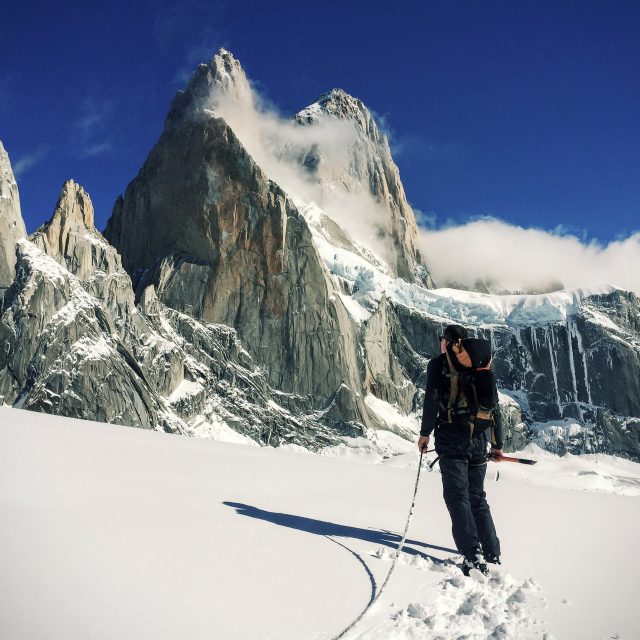
The best method of surviving an avalanche is not to get caught in one. The American Avalanche Association, as well as similar associations in Europe and the rest of the world, run courses that will teach you the basics of snow stability and how temperature, wind, and rain can all impact the stability of a snow pack. You will also learn how rock affects the underlying conditions and how the orientation and gradient of slopes affect the snow. They will teach you how to dig an assessment pit and look at the layers of snow and what routes you should avoid under what conditions. This training will provide you with the basics to assess the risks of the routes you intend following.
The course will also include training on basic safety equipment and how to find and dig out someone trapped in an avalanche. These training courses take a few days and can cover quite a lot of ground, but do not fall into the trap of thinking you know all there is to know about avalanche risk assessment after one course. The wise will undertake refresher training every year, so you build your knowledge and are retrained on things that you have forgotten.
It will never happen to me…
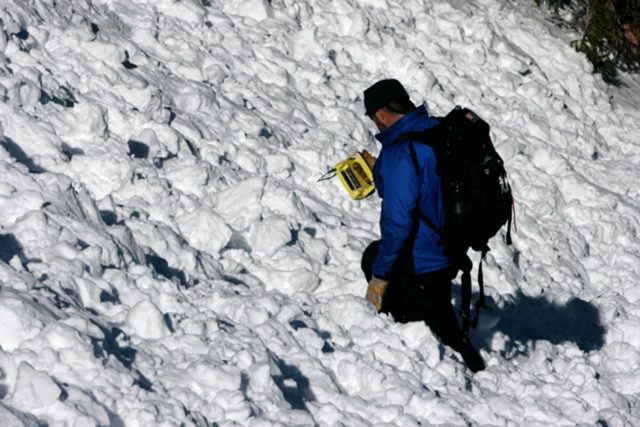
Not accepting that getting caught in an avalanche can happen to anyone will almost certainly lead to disaster at some point in time. Over a hundred people are killed in avalanches every year, and most incidents are triggered by someone in the party. As most of these events happen in the backcountry, sidecountry or slack country areas, it is highly likely that the person triggering the incident will be an experienced snow athlete with some understanding of avalanche risks.
Knowing how to manage the risks does not automatically infer that everyone will mitigate them! Having the knowledge does not mean that everyone will put it into practice. The condition of the snowpack early in the morning will be very different from the condition of the same pack later in the afternoon so be prepared to reassess the dangers during the day. Never allow your eagerness to run that new pack or bow to peer-pressure when you are uncertain of the condition of the pack. Err on the side of caution rather than repent at leisure under the snow.
Know your terrain before setting out
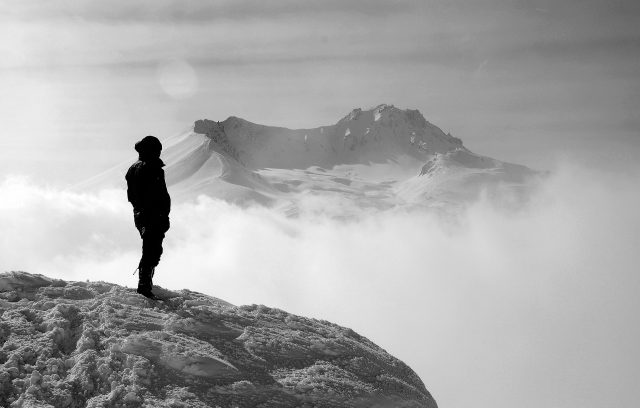
Before you set out, check the forecast from the local avalanche association. This is an excellent place to start but do not rely on it to the exclusion of other, more local, factors. For example, never set out immediately after a storm has dumped 30 or more centimeters of snow; this is prime avalanche territory.
Whilst climbing up you should start your avalanche avoidance routine. Climb in the protection of dense trees or hug low-angle ridges. Know the prevailing wind direction for this time of the year as windward slopes are generally considered safer than leeward slopes. Convex slopes are more dangerous than concave slopes as the snow will slide more easily on a convex slope.
If you have to cross open areas where the risk is greatly increased, string the party out so not everyone is exposed to the danger at the same time. Watch each other closely and be prepared for a rescue. Try to go straight up or down over dangerous slopes. Traversing from side to side has a higher risk of triggering a slide. Try and assess the dangers on your route. Are there cliffs or box canyons that can present deadly conditions? Deaths have occurred in relatively small avalanches when people have been swept over the edge of a cliff and killed in the fall. Know where these dangers are and pay strict attention when passing them.
All of the gear, all of the time
Don’t be tempted to take off into avalanche terrain for a quick run leaving all your safety gear behind. It is foolish to think it will just be a quick run, so the danger will be reduced.
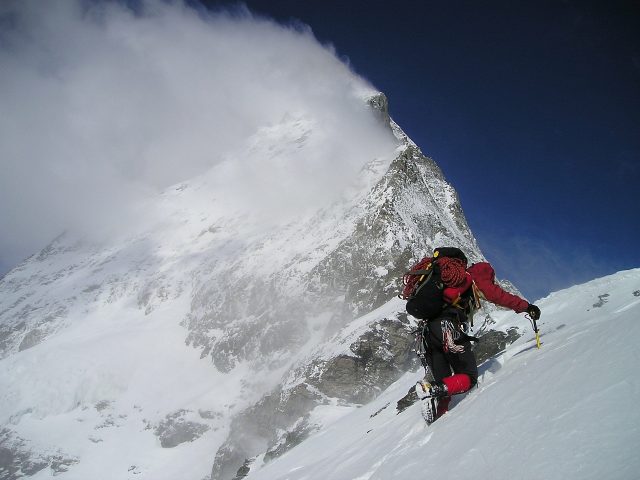
Carry your beacon, shovel, and probe at all times and make sure they are all in working order before you set off. Make sure everyone in the party knows how to use them as well. A good, old-fashioned idea is an avalanche cord. This cord, around 30 feet long, is released if you are caught in an avalanche and as it streams out behind you, part of it may well end up on top of the snow. Do not forget your helmet; banging your head on the ground with no protection will not do your chances of recovery any favors at all!
The tools mentioned above are simply the basics. It is an excellent idea to check out the latest in wearable avalanche protection gear. These modern safety devices will help keep you on top of the snow in an avalanche rather than being buried in it, thus exponentially increasing your chances of survival. Also, there are small air bottles that will give you extra time for the rescue team to reach you.
Swim, stretch and pray
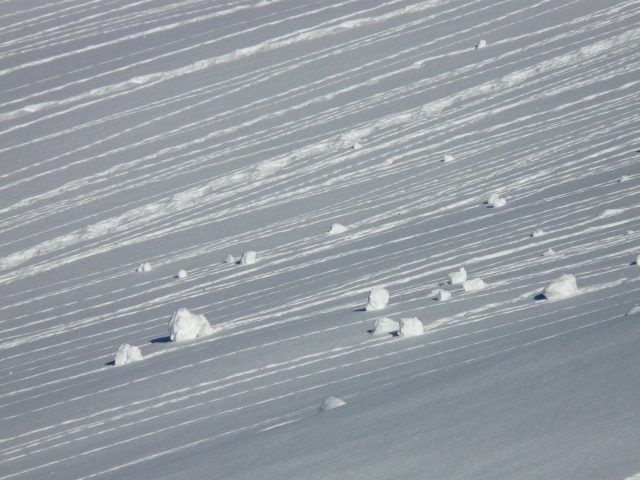
Once the snow starts to slide, it only takes a few seconds for it to be traveling over 75 mph. If the worst happens and you are caught when the snow starts to slide, do your level best to move to the side, grab a tree or ‘swim’ for your life trying to stay on top of the snow. The incredible forces unleashed in an avalanche will make these things very difficult, but you must try. When you come to a stop, providing you are not seriously injured, try and clear the snow from around your face and stretch your hands up; hopefully, one will break through the snow pack.
If you are rescued within 15 minutes, your chances of survival are excellent, but these chances drop dramatically as time goes by. Once a couple of hours have passed, your chances are extremely slim.
After you have been extracted from the snow, you are still not home and dry. If you have injured members of your party, how do you intend to keep them warm, administer first aid, and call for help? All of these things must be planned before you leave and if you are outside of cell phone coverage, investigate the possibility of hiring a satellite phone for your adventure. It could save your life or the lives of your friends.
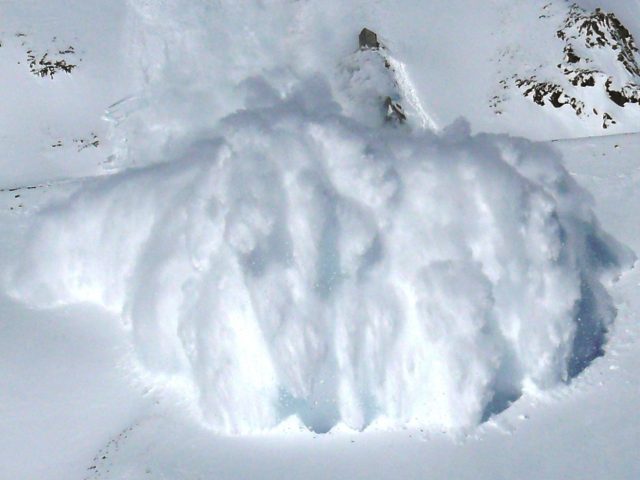
The lure of fresh snow, complex runs, and taking a run where few others have been is a temptation that adventurers can find hard to resist. Prepare well, but understand that if you venture into the wilderness, and that wilderness carries avalanche risks, the possibility that you may one day encounter an avalanche is definitely there. Your assessments of the risk cannot be correct every day so do everything in your power to protect yourself and your party as best you can.
If you have any comments then please drop us a message on our Outdoor Revival Facebook page
If you have a good story to tell or blog let us know about it on our FB page, we’re also happy for article or review submissions, we’d love to hear from you.
We live in a beautiful world, get out there and enjoy it. Outdoor Revival – Reconnecting us all with the Outdoors.





